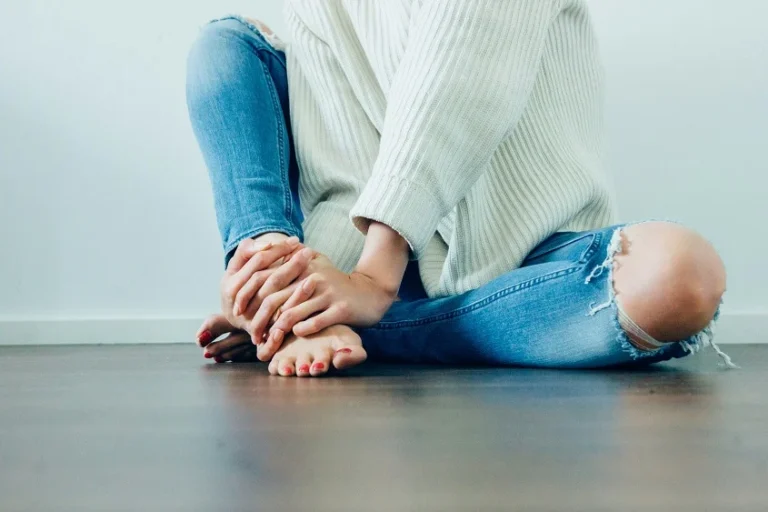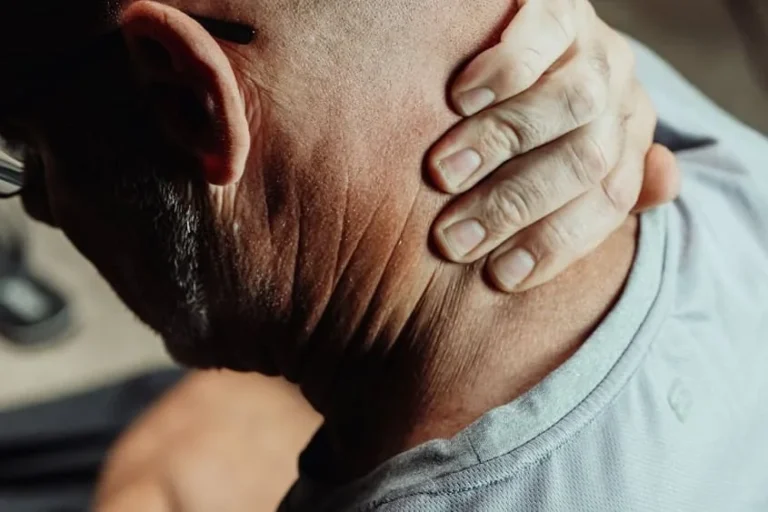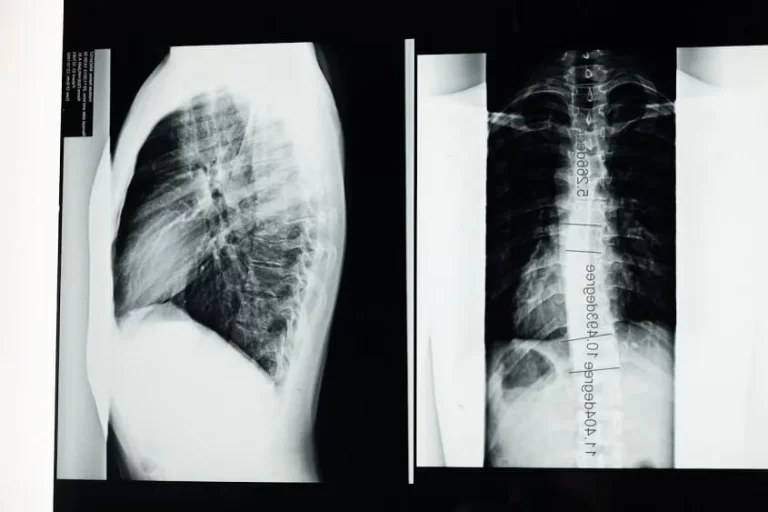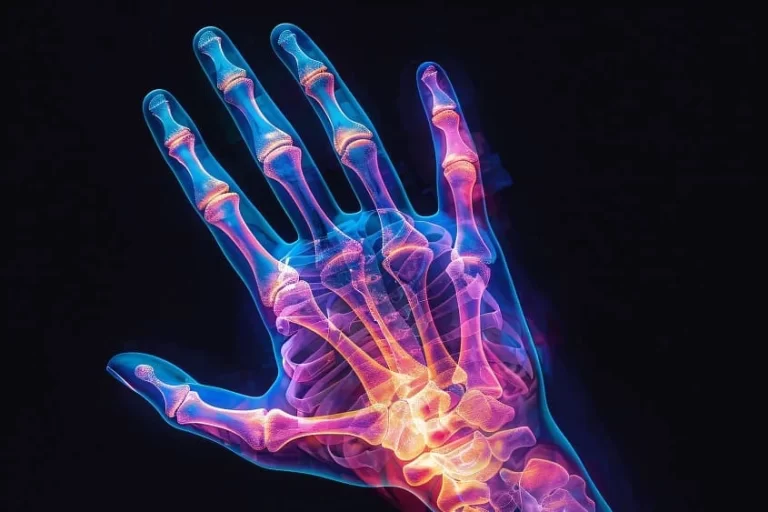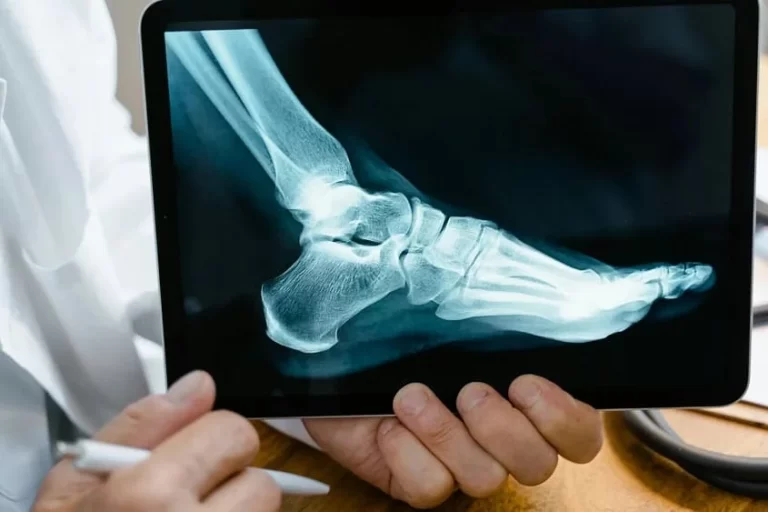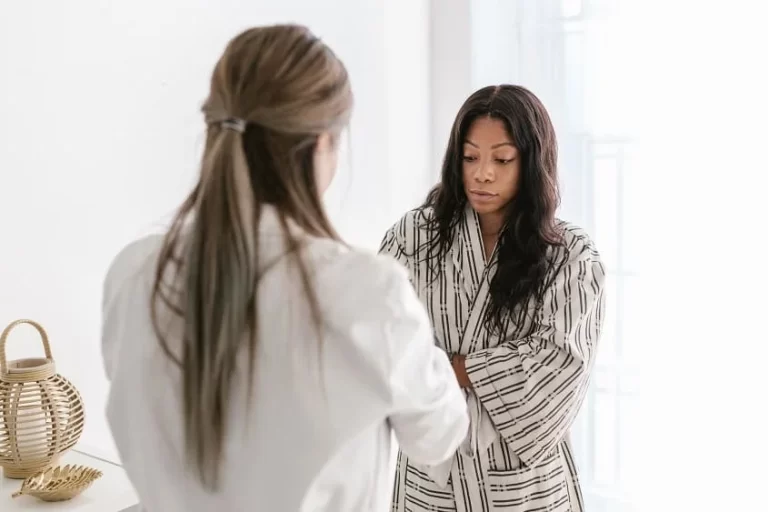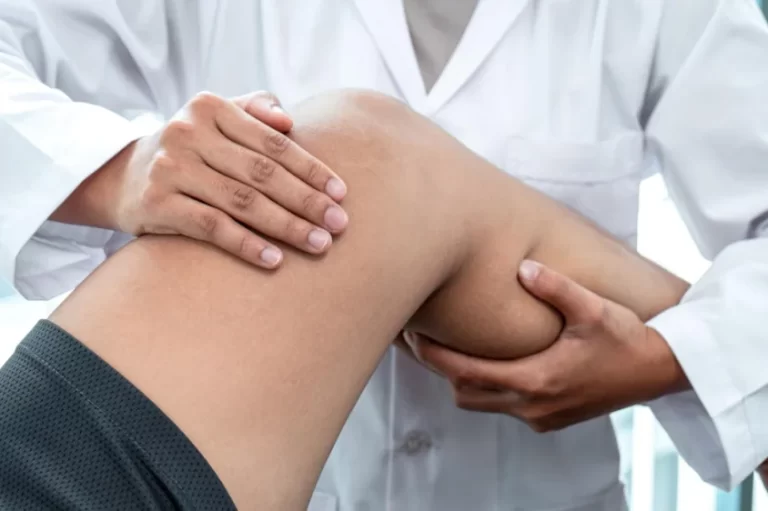Browsing: Bone Health

The page provides quick access to a list of common diseases, syndromes, health conditions, and other topics of health importance related to bones and joints. The list is organized alphabetically. Links are provided to respective diseases sections that serve as a comprehensive and ultimate guide about the disease or health condition.
Bones make the structural framework of the body. It provides structural support and helps in movement of the body. A joint indicates a junction of two or more bones such as knee, hip, elbow, or shoulder. Bones and joints are damaged by different types of injuries or diseases. Its treatment mainly depends on its cause and may vary from person to person.
One of the most common symptoms of bones and joints disorders is pain and difficulty in movement of the affected region. The symptoms of bones and joint diseases may range from mild to severe, and in severe cases, the disease may be chronic and spread to other body parts.
Diseases and injuries of bones and joints majorly indicate abnormalities of the human skeletal system. The universal cause of bone disorders includes physical injury, fracture and effect of other diseases. Doctors may refer these bone and joint injuries as conditions that were more mechanical than metabolic body changes.
Bone and joint disorders are one which affects the musculoskeletal system of the body, such as osteoporosis, arthritis, bone cyst, osteomyelitis and hypocalcaemia and bone cancer. Here are listed common bones and joint diseases for your review. Click on any of them to redirect to respective disease containers.
6 Reasons Why Bio-Integrative Implants Are Important for Hammertoe Treatment
Hammertoe is a commonly known foot deformation in which the toe joints bend, leading to excessive soreness. Traditional methods offer…
It’s surprisingly easy to forget about your feet and how healthy they are, but it’s actually very important to pay…
How to Deal With Chronic Pain
Chronic pain really can be one of the toughest things you’ll ever have to deal with. It’s not just the…
Living With A Spinal Injury
If you have had a spinal injury, you will know already that this is something which affects your life in…
It’s possible to live life to the fullest at any age, but it’s just a fact that things become a…
Chronic pain can feel like that one annoying acquaintance who shows up uninvited and just won’t take a hint. You…
Hand arthritis, a common condition affecting the joints in the hand, can cause significant pain, swelling, and stiffness, making everyday…
Orthopedic surgeries lead to a lot of pain and discomfort. Post-surgery, the pain may persist for a few weeks or…
Fibromyalgia is a complex and often debilitating condition characterized by widespread musculoskeletal pain, fatigue, sleep disturbances, and cognitive difficulties. While…
Osteoarthritis is the most common form of joint disease, affecting more than 250 million people across the globe. A complex…




